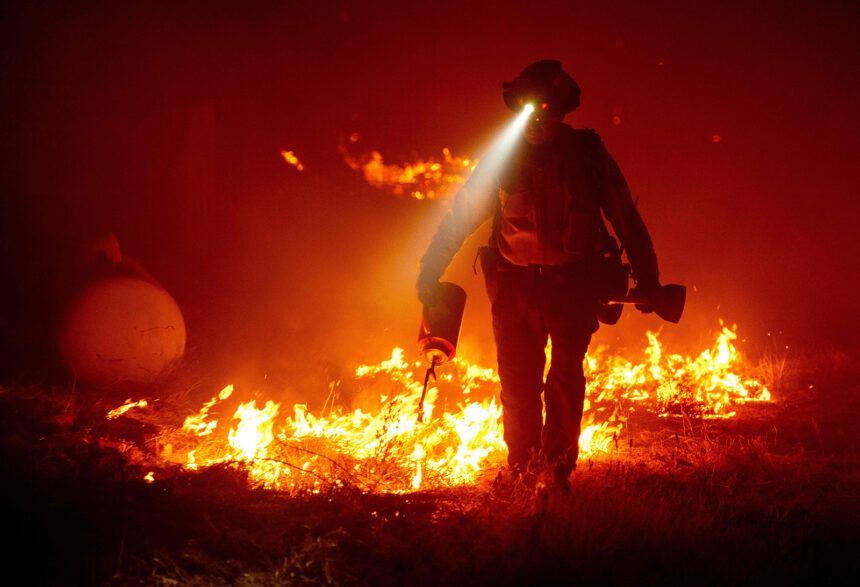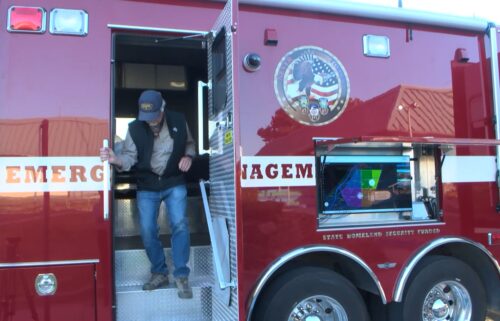How do wildfires get their names?

(CNN) The 2020 fire season has been devastating. Massive blazes have ravaged the Western US, swallowing entire neighborhoods and torching millions of acres.
Colorado's largest wildfire in state history is still burning. In California alone, firefighters have battled more than 8,600 blazes this year.
All of them, with their own unique name: The Bullfrog Fire. The Creek Fire. The Fork Fire. The Wolf Fire.
But why name them? And how are they named?
The answer to both questions, fire officials say, is almost always tied to the fire's location.
"All fires get a name," Daniel Berlant, with Cal Fire, said in a video message earlier this year.
"That allows the firefighters that are responding to them to quickly understand where they're going."
Dipatchers often choose fire names based on geographic markers -- it could be the fire's location, or a nearby street name, park or lake, Berlant said.
"It's up to the dispatcher who is dispatching the fire to assign it a name right at the point of dispatch," he said.
The Fork Fire, for example, began near South Fork Road, in northern California's El Dorado County. The Bullfrog Fire began near Bullfrog Lake in Fresno County.
Here's where it gets complicated
Not every name is a simple one. In August, several of California's largest wildfires in history burned through the state. Among them were the SCU Lightning Complex and LNU Lightning Complex.
Where do those names come from?
"In the summer months, when we see lightning, we often will see a large number of fires all occur in the same geographic area," Berlant said. "Operationally, it's more efficient for us to manage these fires under one command."
The fires that are close to each other are managed under one "complex." And each complex gets its name from the Cal Fire unit that it's managed by.
"SCU is for Santa Clara Unit," Berlant said. "So the SCU Lightning Complex is in the Santa Clara unit."

